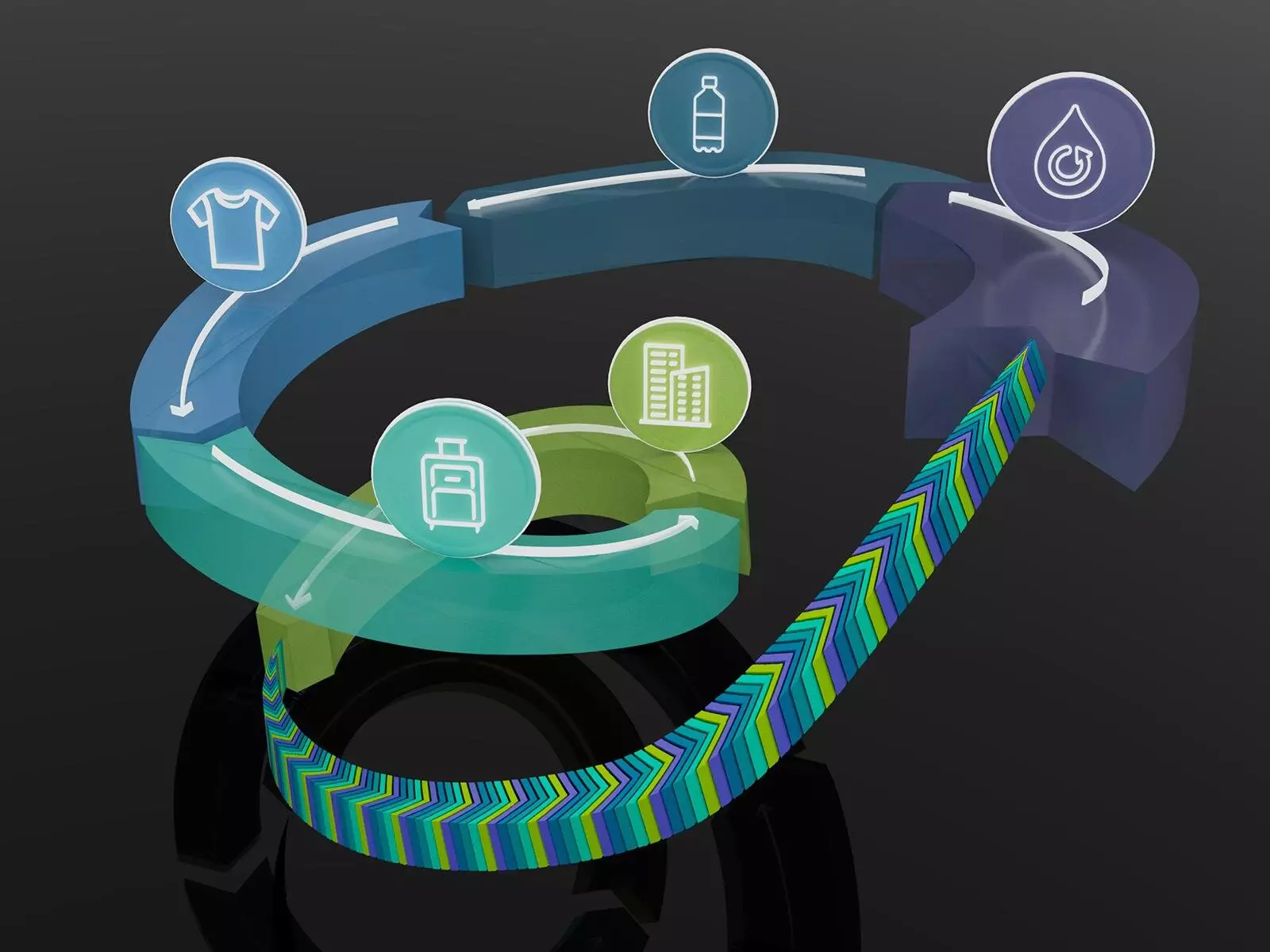In the quest to achieve net-zero carbon emissions, it has become clear that simply electrifying various sectors of the economy is not enough. While converting personal vehicles and heating systems to run on electricity generated from renewable sources is a step in the right direction, there are certain sectors that cannot be decarbonized, such as the plastics industry. This realization has led to a new roadmap developed by chemist Wendy Shaw of Pacific Northwest National Laboratory (PNNL) and a team of researchers from various institutions.
The roadmap proposed by Shaw and her team takes a multifaceted approach to reducing emissions in hard-to-electrify segments of the economy. One of the key principles outlined in the roadmap is the concept of keeping carbon in play through a circular economy. This means that rather than viewing carbon as a single-use resource, efforts should be made to reuse carbon atoms multiple times. This involves developing non-carbon fuels, finding non-fossil sources of carbon, and creating processes for efficiently reusing carbon-based materials.
According to PNNL Director Steven Ashby, novel and creative solutions are needed to achieve decarbonization goals. Collaboration between researchers from various national laboratories is crucial for accelerating the development of technologies that will enable the transition to a net-zero carbon emissions future. The roadmap emerged from a workshop on “Closing the Carbon Cycle” hosted by several national laboratories, emphasizing the importance of collaboration in driving transformative innovations.
Hydrogen and Ammonia: Potential Carbon-Free Fuels
Hydrogen and ammonia are highlighted as potential carbon-free fuels in the roadmap. However, challenges such as the cost of storing and transporting hydrogen currently limit their widespread implementation. Efforts are underway to develop carrier molecules and materials that will enable safe and affordable transportation of hydrogen. Achieving the Department of Energy’s goal of renewably producing hydrogen for $1/kilogram or less could pave the way for viable hydrogen-based systems.
The roadmap stresses the importance of viewing carbon as a valuable commodity that must be conserved and reused. By incorporating carbon from diverse sources such as biomass, food waste, and plastic waste, the goal is to create a circular carbon economy where each carbon atom is reused multiple times. Effective separations and conversions are essential for making this vision a reality, especially when dealing with complex mixtures that make up non-fossil carbon streams.
Transforming traditional waste materials into reusable resources is a critical step towards achieving a future without waste. Reactive separations, which combine chemical reactions with purification processes, offer a practical approach to converting non-fossil carbon more efficiently. This integrated industrial approach will not only lead to new economic opportunities but also contribute to educational development and job growth.
The roadmap outlined by Shaw and her team presents a vision of a future where carbon is no longer treated as a disposable resource but as a precious commodity to be conserved and reused. By bringing sustainable sources of carbon into the circular carbon economy, we can move closer to achieving net-zero carbon emissions and creating a more sustainable future for generations to come.


Leave a Reply